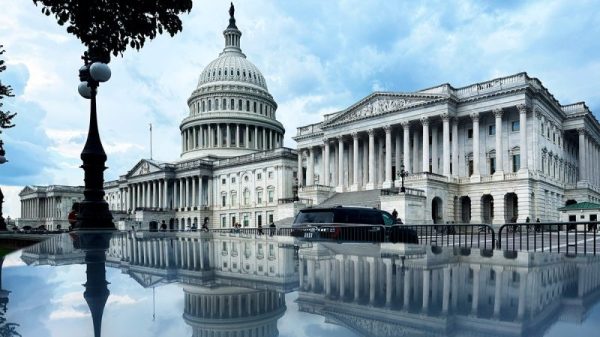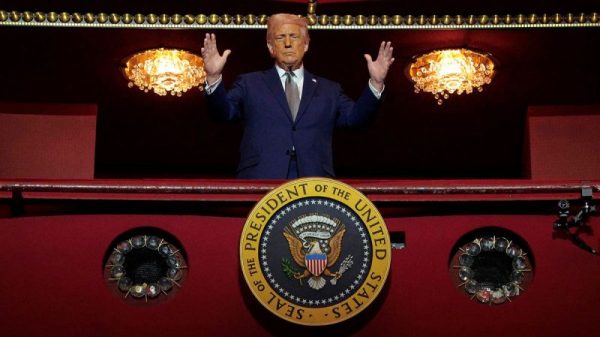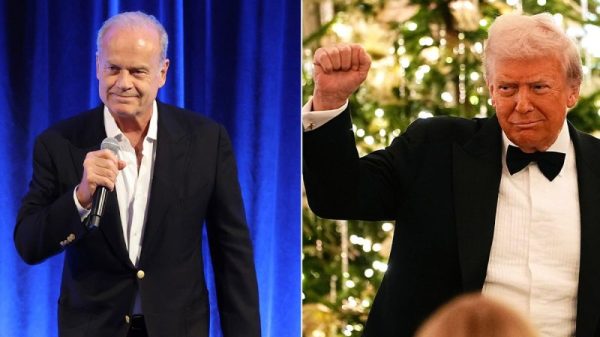Argentina’s new self-described “anarcho-capitalist” President, Javier Milei, is raising eyebrows worldwide with his aggressive attempts to restore the nation’s abysmal economy. On December 20, he signed a decree to remove many government regulations stifling international trade and domestic activity.
With Argentina’s poverty rate soaring to 40.1 percent in early 2023 and its debt burden owed to the International Monetary Fund (IMF) now $45 billion along with its other mountains of debt, the time is now for a no-nonsense pro-growth approach that gets the government out of the way.
Since Milei’s inauguration on December 10, he’s set out bold initiatives. These include reducing government spending by as much as five percent of the nation’s GDP, slashing the number of federal ministries by half to nine, and, most notably, declaring that he will devalue the nation’s currency, the peso, by more than 50 percent.
To paint a picture, some estimate that the decision to devalue the peso and other policy changes could bring already rapid inflation of more than 160 percent up to as high as 300 percent.
Onlookers have been quick to criticize these actions and their potential effects on the country, but desperate times call for desperate measures. And the US, most of all, should not point fingers. If anything, we could stand to learn a thing or two from Milei’s proactive approach.
While Milei’s moves will temporarily exacerbate inflation and further strain the economy, as he’s acknowledged, it also aims to enhance the country’s future. Moving from a government-dominated, top-down economy to one built on free-market capitalism is a significant institutional shift.
We already know from the work of economist Douglass North that these economic changes are what support more ways to let people prosper, but that the adjustment period will be challenging. There are currently many hindrances to the free exchange of people in the marketplace, and these inefficiencies take time to correct through a well-functioning price system. But after this “shock therapy” comes a brighter future.
There will also likely be a move away from the country’s currency of the peso to the US dollar, which should help stabilize markets, inflation, and economic activity. This would provide a better anchor than the peso does today, even though the anchor of the dollar has its own troubles.
It’s hard to conceive how Argentina was one of the world’s wealthiest nations only a century ago.
Once surpassing European powers in its economic strength, Argentina’s standing took a nosedive in 1929 when it abandoned the gold standard. The shift began a challenging period as protectionist trade policies, influenced by former Argentina President Juan Peron, eroded its once-thriving trade status. Moreover, excessive regulations further distorted price signals, and the emergence of a military dictatorship during the 70s and 80s brought everything crashing down.
But the troubles didn’t stop there.
In 2001 and 2002, Argentina experienced a severe economic crisis when the government partially defaulted on its debt, froze bank accounts, and abandoned the dollar. The aftermath was characterized by economic collapse, unemployment, and widespread political and social unrest.
Argentina had a rough start to the 21st century, and its challenges have only snowballed since. Rampant inflation, exacerbated by the central bank’s relentless money printing to cover mounting debts, has led to the plummeting credibility of the Argentine peso.
So Milei’s strategy will likely worsen things before they can improve. Along with shrinking the government, his objective to balance the budget by the end of 2024 is a historical measure aiming to alleviate debt with spending cuts instead of tax hikes, often the go-to when more money is needed. But as the work of the late economist Alberto Alesina confirms, the best path forward for austerity is to cut government spending, not raise taxes, to avoid a deeper recession and higher debt.
Cautious optimism is warranted, as the nation’s leaders have a history of abusing power, and we can’t foresee how Milei will wield his influence over time. One concerning move is his intention to raise taxes on grain, which would be a big blow to many farmers. But even so, things should look up if he sticks to what he initially set out to do and what he has done so far.
As the US observes Argentina’s economic trajectory, it must take note of the cautionary tale embedded in Milei’s approach. The focus on reducing government spending and narrowing the scope of government aligns with the prescription needed to combat inflation not just there but here.
America’s inflationary challenges, rooted in a bloated Federal Reserve balance sheet helping fund excessive government deficit-spending, require Congress to take decisive action. Inflation will strain household budgets until the reins are pulled on government spending, and the Fed cuts its balance sheet more aggressively.
We can’t be too proud to take a tip from Argentina. The perilous outcomes of unchecked government spending can manifest anywhere; strategic policies such as responsible spending limits only become more necessary the longer their implementation is delayed.
Argentina’s bold moves, though met with skepticism, could be the beacon the US needs to navigate its own economic storms successfully. But until then, let’s keep cheering what the classical liberal President Milei is doing in Argentina.




































